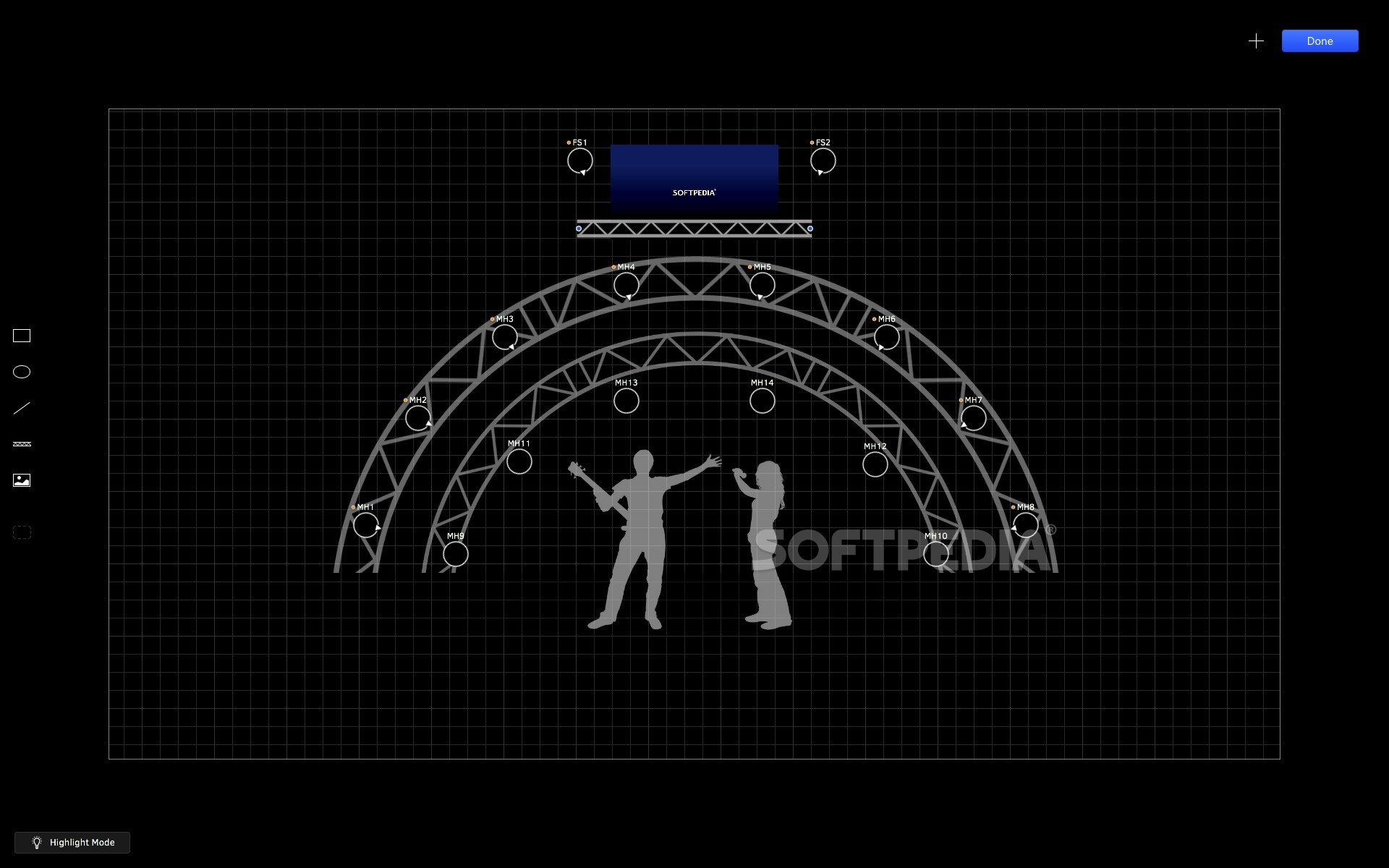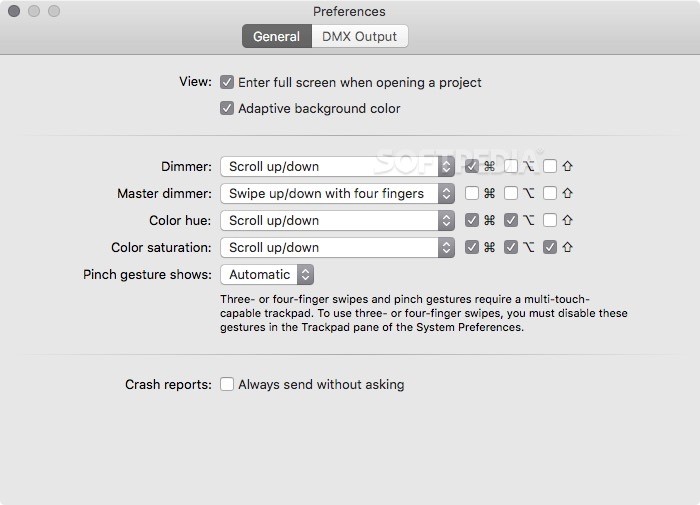

Dimmer packs control or operate fixtures, so therefore assign the profile to the channel(s) used by the dimmer pack appropriate for what is hanging off the dimmer pack, but not the dimmer pack itself. It's not like if you swap out the Par64s for Par38's and don't tell MyDMX that it's honestly going to make a difference to MyDXM, because MyDMX doesn't care, nor is it its job to care. These profiles are for your benefit anyways. Honestly, MyDMX doesn't care what you have assinged to a channel. In which case, MyDMX doesn't really have a profile for those either, so the advise for that is to select a generic so you can tell in the 3D Visualizer that it is turned on, which is about the only amount of control you're gonna have anyways. Simply select 4 Par64 profiles, each assigned to the appropriate channel and you are good to go.īut what if you're not using something like a Par Can? Then chances are you are using a "Hi-Tech FX" type fixture.

What is more critical is assinging a profile for the devices hanging off the dimmer pack, which in this care are Par64 lights. Giving a profile to the dimmer pack itself is useless. I can, via a DMX controller, such as MyDMX, control the intensity of those 4 Par64 lights via sending control instructions to the dimmer pack. Let's assume I have 4 Par64 lights on the dimmer pack, 1 per channel. So, a profile should be made for the dimmer? No, it shouldn't. This dimmer pack, just for the sake of argument is an ADJ DP-DMX20L, a fairly common dimmer pack capable of using 4 DMX channels. Why? Because the dimmer pack itself is an intermediary device to get something else to work.Ĭase and point. MyDMX doesn't have profiles for dimmer packs for a very simple reason. Also, some motors have DMX functionality but that's a different yet related issue. By fixture, I am refering to a piece of electronics that is designed to produce light for the purpose of illumination, not "on unit displays". Second, on their own, the dimmer packs are not a fixture. Let me set some things straight to sort out the confusion.įirst, it is acknowledged that dimmer packs, switching packs and power packs(here-after all inclusively called dimmer packs) are all DMX devices.

And time and time again, the answers are the same. You keep complaining that "gee, there is no profile for my dimmer pack". So instead of sending 512 adresses, it only sends, for example, the 8 adresses I have defined in my outputs.Do you have dimmer packs? Some of you do. The Watchout packets don't use a Sequence byte (value is always 0), and only sends adresses that are defined in the Watchout Project's outputs.
#Lightkey dmx full#
It also sends data for a full DMX universes, 512 adresses, even if only 8 adresses are being used. As you can see LightKey sends a Sequence byte, containing information about where it is in its sequence. Below is a screenshot from the LightKey packet for reference. Both are broadcasted ArtDMX packets, which are practically identical, apart from two differences. I grabbed two ArtDMX packets, one from Watchout, and the other from LightKey, to see what they do differently. When I use an Art-Net to DMX converter with Watchout, the lights work fine. When I use LightKey on a MacBook in the same subnet, the lights work fine. When I try to send an Art-Net signal from Watchout, the lights do not respond to the signal. I'm using a pair of Elation Color Chorus 24 lights, set in a single universe, in the same network/subnet as my Watchout cluster. I've got quite the puzzle in front of me with using Art-Net output from Watchout.


 0 kommentar(er)
0 kommentar(er)
